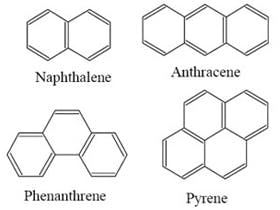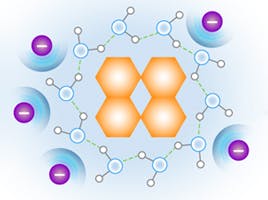
12 Dec 2019
All You Need To Know About Phospholipid Removal (PLR)
The ability to accurately quantify analytes in various matrices requires the correct knowledge and equipment. Luckily, we’re in a period where systems are becoming increasingly sensitive, with the market potentially shifting from triple quadrupole mass spectrometry (MS/MS) to high resolution mass spectrometry (HRMS) for bioanalysis.
Analyzing biological matrices concerns small amounts of targeted analytes in a huge amount of endogenous material. Most of these are fairly easy to deal with (i.e. proteins can be removed by precipitation; salts can be removed by liquid-liquid extraction, etc) but one category of molecules called phospholipids are problematic.
What are Phospholipids?
Phospholipids are, by definition, lipids and form a major component of all cell membranes. If we look at phospholipid structures, they generally comprise one or two hydrophobic fatty acid parts and a hydrophilic part, consisting of a phosphate group. The two components are usually joined together by a glycerol molecule. Due to their hydrophobic nature, they tend to follow pharmaceutical analytes during the extraction process, making them difficult to remove from sample preparation.
Additionally, due to the hydrophobic/hydrophilic balance of the molecule, they tend to generate broad peaks on standard reverse phase chromatography. This makes it hard to resolve from the analytes of interest.
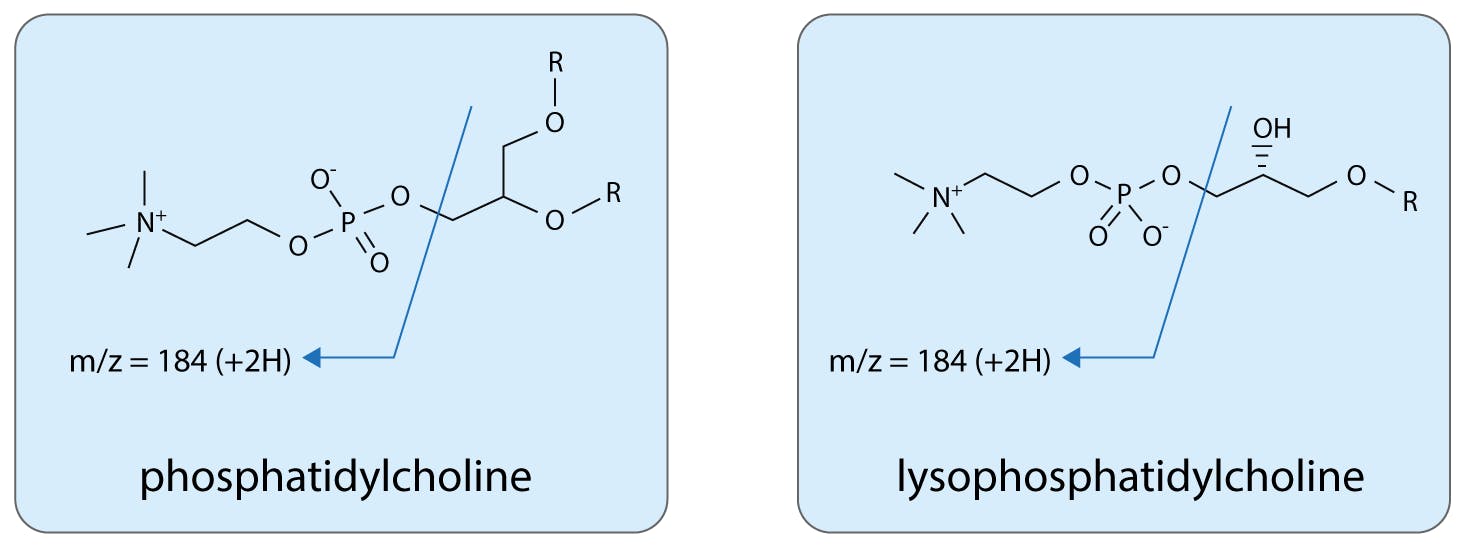
Figure 1: Example of phospholipids and their MS fragmentation.
Why do we need to remove Phospholipids?
In short, these are found in biological samples (plasma, serum, urine, etc). When they aren’t the main target of an investigation, they:
- Reduce column lifetimes
- Increase system backpressure
- Produce ion suppression in MS analysis
Essentially, they are an interference that nobody wants; hence, the need for phospholipid removal (PLR).
It’s often understood that MSMS detectors can differentiate these ions, allowing visibility of the compound of interest due to the high selectivity power of the mass spectrometer (even if they are co-eluting with the analytes of interest). This is true but large amounts of phospholipid are creating a phenomenon known as ion suppression, meaning that their presence is diverting the energy away from the analyte of interest. This reduces the ionization and produces lower than expected results.
In order to determine the level of ion suppression, infuse a known concentration of the analyte of interest in pure solution post-chromatographic column and inject blank plasma. As the infusion of the analyte creates a steady signal response (top chromatogram), this decreases when the lipids are eluting from the column (bottom chromatogram). This delimits the ion suppression zone. From here, either all the analyte of interest needs to move away from this elution zone (which can also vary if modifying LC conditions), or sample preparation conditions must be reviewed.
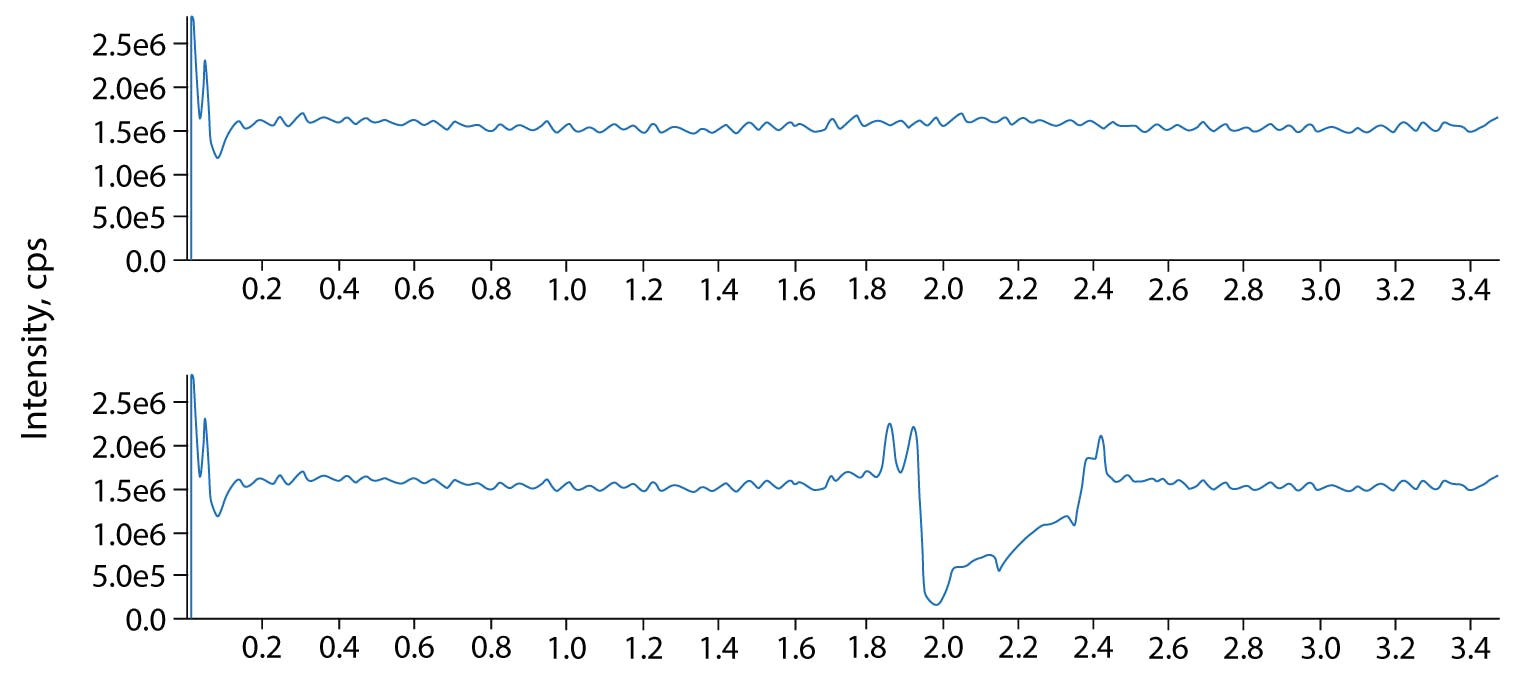
Figure 2: Ion Suppression experiment chromatograms.
How to remove them from the sample
Many companies look to develop a phospholipid removal product with a view to simplifying the process of protein precipitation and phospholipids removal. The Microlute™ PLR is a new product from Porvair focused on high throughput. This will improve the process for the bioanalyst.
The Microlute™ PLR is based on a composite of porous plastic and the chromatographic media. This product is optimal when compared to similar products with the chromatographic media retained between 2 plastic frits. The advantage of the Microlute™ PLR is that there is less channelling involved, which affects the sample extraction reproducibility.
The batch-to-batch reproducibility is also greatly improved with the use of composite material. The process for using these cartridges or 96 well plates is extremely simple.
Microlute™ Protocol
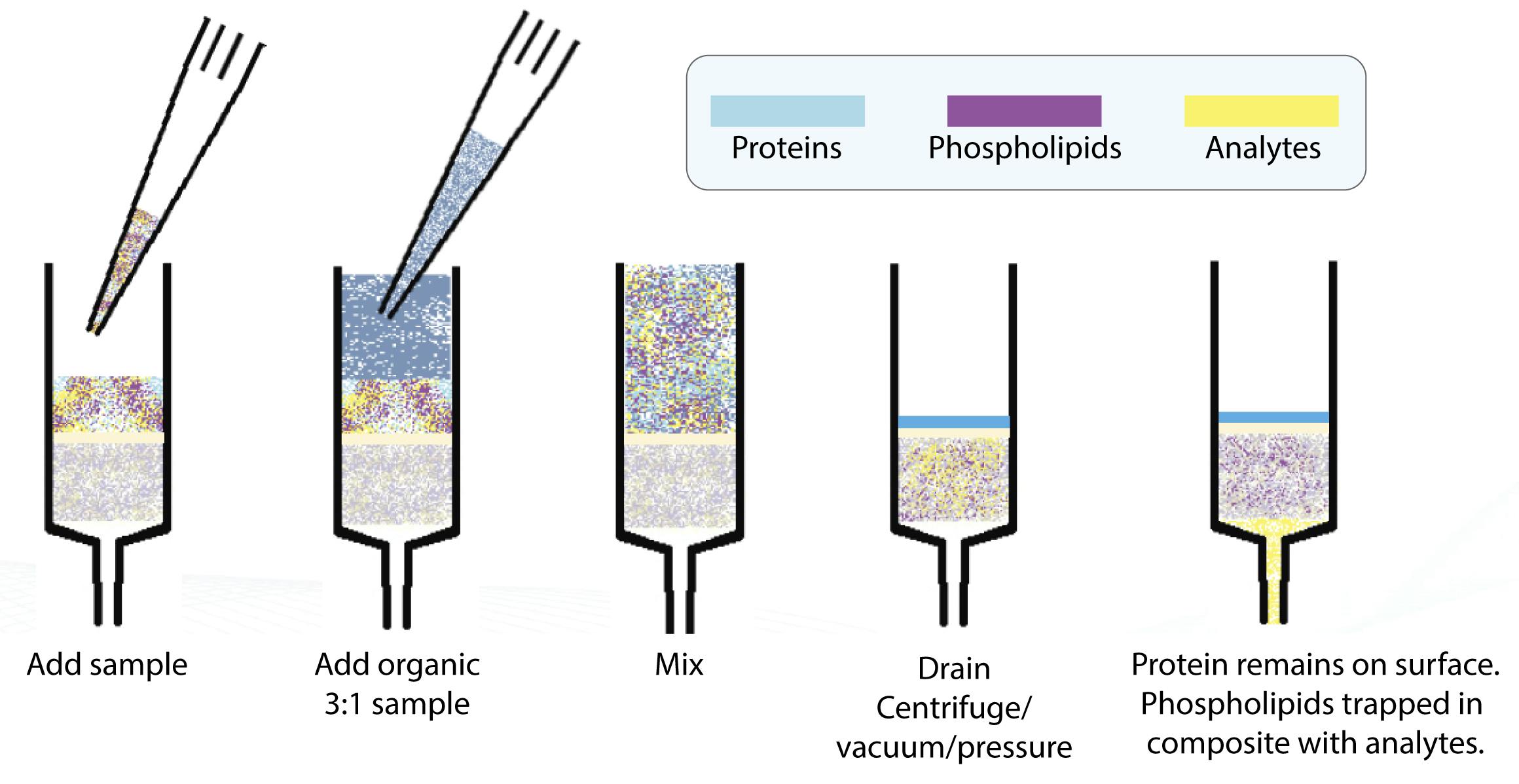
Figure 3: Phospholipid removal with protein precipitation.
The phospholipids removed using this product are in excess of 99%, with recoveries expected to be above 90% in general. Also, %RSD is improved to levels consistently lower than 5%.
This technique improves the sensitivity, robustness, and reproducibility of an assay. It also enhances column lifetime by avoiding physical and chemical contamination.
Talk To Element
If you want to improve phospholipid removal methodology in your lab, then Element can help.
Our sales team and system are here to make your life easier by creating a simple purchasing experience. Between clear lead times and our esteemed technical support, Crawford can help keep your lab running smoothly.
We understand our customers and know what’s important to you. Our promises:
- Competitive prices on nearly 100,000 products
- Clear communications - we’ll accommodate your lead times and update you if anything should change
- World-class technical support - As a Element customer, you unlock our industry-leading customer support. Have an issue with your product or chromatogram - our technical team will offer an answer within 24 hours (but usually instantly)
- Ease of purchasing - purchase via phone or online. Whatever you prefer.

